The effect of plasma tratment on plastics
Plasma treatment highly effective pre-treatment of plastics to enhance adhesion. Even difficult-to-bond plastics can be bonded using plasma.
Plasma treatment highly effective pre-treatment of plastics to enhance adhesion. Even difficult-to-bond plastics can be bonded using plasma.
A requirement to achieve adhesion between an adhesive and a substrate is that the former wets the latter. If an adhesive does not wet the surface that you want to bond, there are two options: 1) Change adhesive, or 2) Pre-treat the substrate surface.
There are many pre-treatment methods for plastics, including roughening, primer, etching, Corona and plasma treatment. In the video below, you will see how a difficult-to-bond plastic (polypropylene, PP) is affected by plasma treatment.
Plasma treatment (in the featured video using a low-pressure plasma equipment from Diener) has several functions that you can read more about in our previous blog post about plasma. One of them is to increase the surface tension of plastics. The surface tension of an adhesive and the surface that is to be bonded determines if the adhesive will wet that surface. The general rule is that an adhesive will wet a surface that has a higher surface tension than itself. In other words, plasma treatment makes a plastic surface easier to wet and therefore easier to bond!
To evaluate wetting, special testing fluids, or inks, can be used. These have a known surface tension and can thereby indicate the surface tension of the substrate. In the video, a fluid with a surface tension approximately equal to that of an epoxy adhesive is used.
Before pre-treatment (only cleaning), this ink does not wet the polypropylene plastic at all, i.e. the plastic has a lower surface tension than the ink. After plasma treatment for 5 minutes, however, the result is the opposite. The ink now spontaneously wets the plastic which means that the surface tension of the polypropylene now exceeds that of the ink.
According to the results of this simple test, the polypropylene should now be significantly easier to bond.
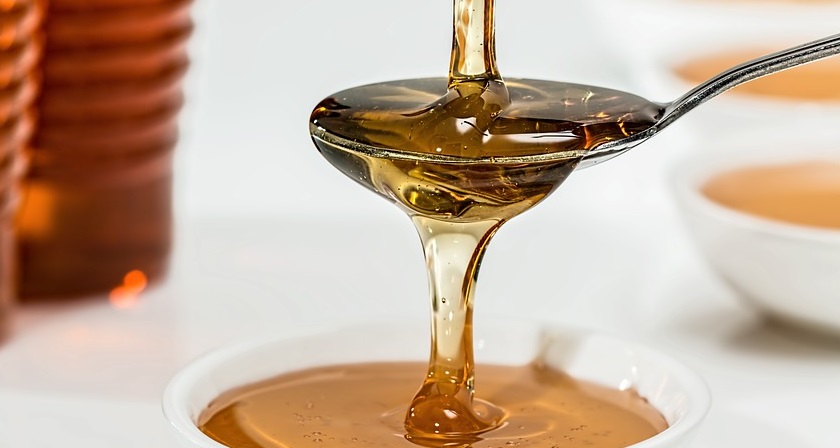
When choosing an adhesive for your application, it is advantageous if you consider the adhesive viscosity to best suit your application and process.
Read more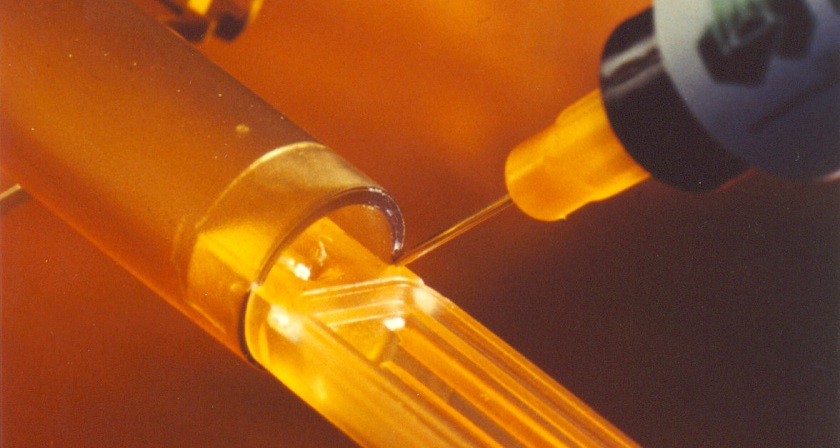
Medical grade adhesives are commonly biocompatibility tested according to ISO 10993 standard. Choose Epoxy, UV-curing adhesive or silicone.
Read more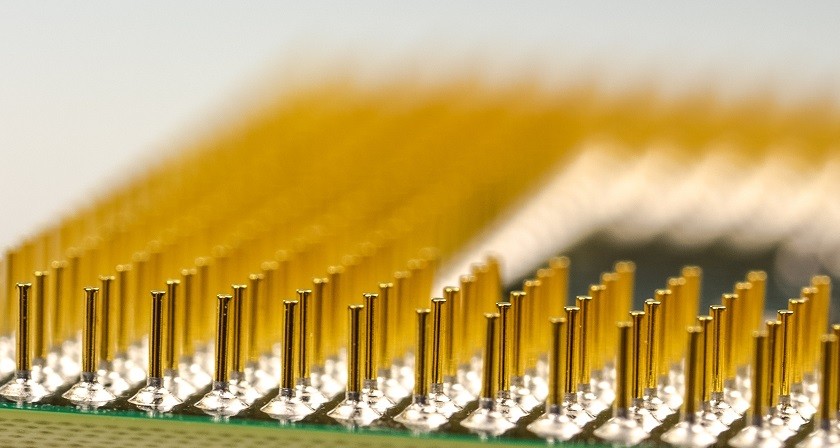
Electrically conductive adhesives are used in many different types of industries and applications. Some examples are electronics, solar cell, medical, aerospace, space and automotive applications.
Read more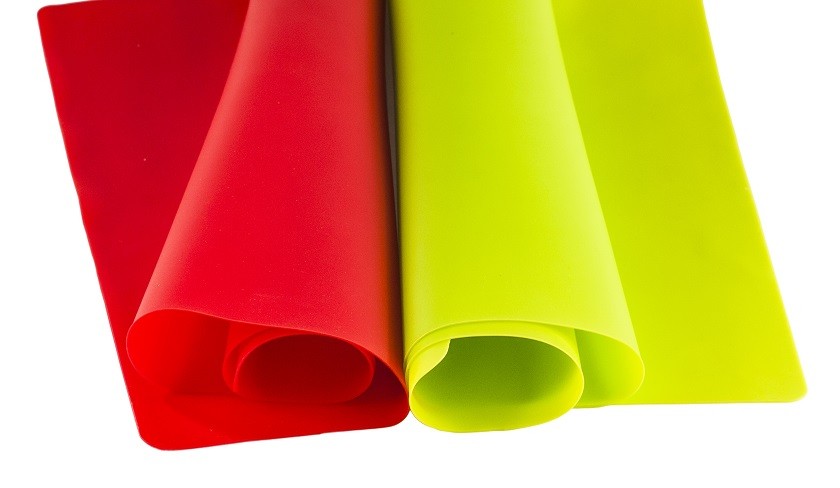
Silicone rubber is one of the most difficult-to-bond rubbers. We will give you options for adhesives that can help you bond silicone.
Read more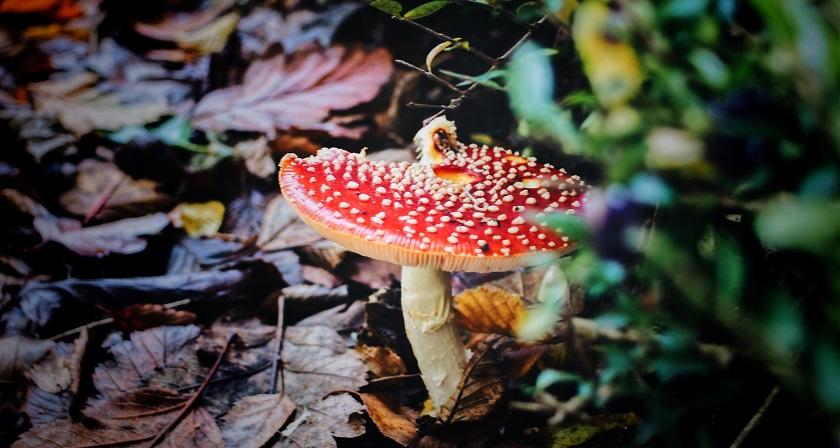
Your silicone is not curing even though you have followed every instruction? Inhibition could be the reason.
Read more